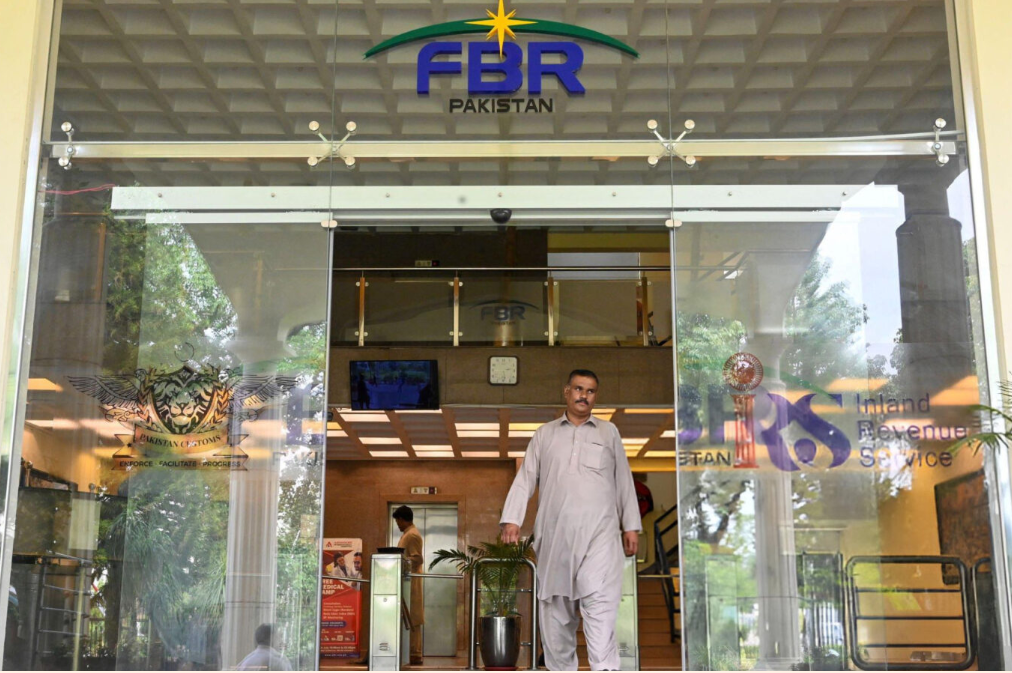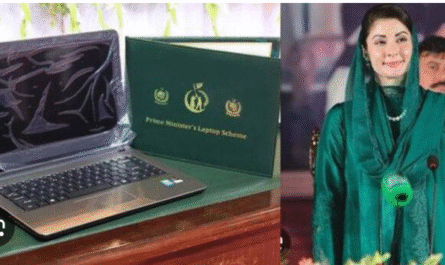The Federal Board of Revenue (FBR) has announced major tax reforms in the Budget 2025-26, targeting salaried individuals, property holders, and digital transactions. Key changes include tax relief for middle-income earners, new property valuation rules, and withholding taxes on digital purchases to enhance compliance and broaden the tax base.
📊 Tax Relief for Salaried Individuals
- Significant relief for lower- to middle-income earners: Those earning between ₹600,000 and ₹1.2 million annually will now be taxed at just 1%, down from 5%—marking up to an 80% cut.
- Incremental relief up to ₹3.2 million: Slabs up to this bracket see reduced rates, while higher incomes see more modest benefits—surcharge for incomes above ₹10 million drops from 10% to 9% .
- Pensions above ₹10 million taxable: A new 5% tax applies to high-value pensions.
- Non-filer penalties intensified: Advance tax on daily cash withdrawals over ₹50,000 for non-filers rises from 0.6% to 0.8%.
Why it matters:
These moves aim to:
- Reduce burdens on lower-income segments.
- Nudge high earners into the tax filer category.
- Address the shadow economy via stricter non-filer measures.
🏠 Real Estate & Property Provisions
- Minimum fair market rent (FMR) set at 4% of FBR’s valuation for commercial property. If real rent is lower, taxpayers can submit proof.
- Benami seizures ramped up: FBR’s first property confiscations under this crackdown have been reported .
- New advance tax and restrictions: High-value transactions—such as property purchases or vehicle ownership—are now contingent on filers maintaining credible, declared income under Section 114C.
Implications:
These measures aim to:
- Curb real estate hoarding by unregistered individuals.
- Expand the tax net by requiring filers for big-ticket deals.
💻 Digital Transactions & E‑Commerce
- Withholding tax on digital purchases: Payment intermediaries (e.g., gateways, banks) must collect:
- 1% on digital payments ≤ ₹10,000;
- 2% for ₹10,001–20,000;
- 0.25% for amounts > ₹20,000.
For COD transactions, rates vary by product: 0.25% for electronics, 2% for apparel, 1% otherwise .
- Compliance obligations: Digital platforms, payment processors, and courier firms must register, collect taxes at source, and file detailed statements each month/quarter .
- Foreign digital vendors taxed: A 5% levy now applies to global companies supplying digital goods/services to Pakistani users.
Why it matters:
The FBR is:
- Formalizing tax collection across booming e-commerce.
- Ensuring digital and foreign providers are integrated into the formal tax ecosystem.
💡 Broader Tax Strategy
- Budget targets and enforcement: The government aims to meet IMF-related targets—raising Rs 655 billion through new taxes and Rs 400 billion via better enforcement.
- Carbon and customs levies: New carbon charges on fuel, and customs duty adjustments (e.g., 18% on solar panels, hybrid vehicles) announced.
- Shift from broadening to equity: The FBR is pivoting from blanket base expansion to income-based equity; cash transactions taxed higher than digital ones.
🏁 Final Thoughts
The FBR’s 2025‑26 changes signal a dual focus: providing relief to salaried and lower-income groups while tightening compliance and bringing non-filers and digital players into the fold. Real estate controls, withholding taxes on digital sales, and new penalties are bold moves to plug revenue leaks—but they’ll require robust administrative capacity and public awareness to be effective.
Stay tuned for upcoming guidance, FAQs, and sector-specific advisories from FBR as these measures roll out on July 1, 2025. It’s time for both individuals and businesses to review their tax status, update invoicing systems, and ensure timely filings as the new tax environment unfolds.



